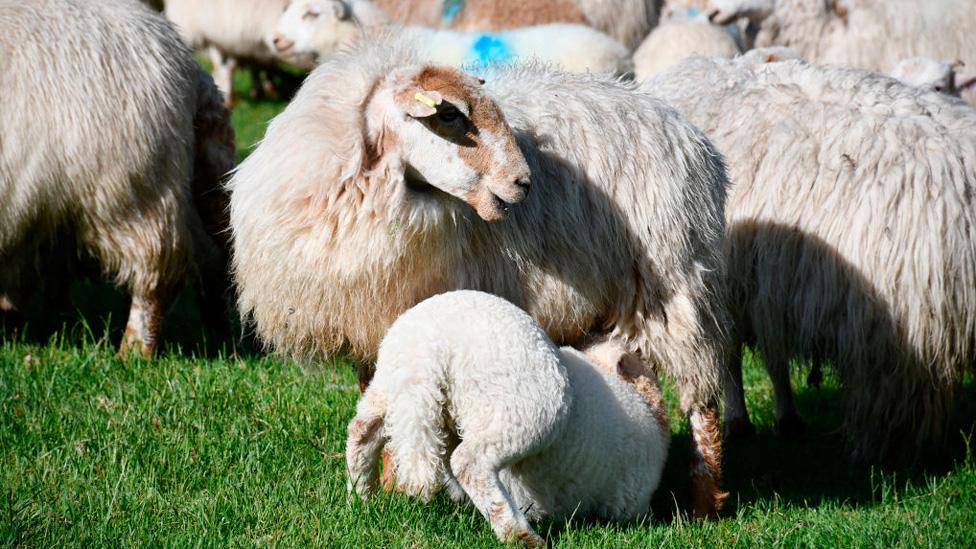What does Wales export globally - and who is buying?
- Published
- comments

Exporting goods from Wales is big business - with sales worth in excess of £15bn almost every year since 2016
We now know Wales is going to be home to two new freeports: one on Anglesey, and one shared between Milford Haven and Port Talbot.
A freeport allows goods to be brought in with less red tape, and then new products made with those goods are exported without heavy export charges.
The UK and Welsh governments hope it will help attract almost £5bn of investment and create 20,000 jobs.
But what does Wales already sell to the world?
According to official figures, it is an export trade for Wales worth £115bn between 2016 and December 2022.
But what exactly is the nation shipping across the globe? And who is buying it?
Did leaving the EU have an impact, and what about the Covid pandemic?
These are just some of the questions we hope to answer - and highlight some export facts that may come as a surprise.
How much is Wales selling abroad?

We have already flagged a big ballpark figure - that huge sum of £115bn between the start of 2016 and the end of December 2022 - it's £115,309,776,000 exactly.
That's quite a lot of dosh. In fact, if you stacked it together as £10 notes, they would stretch 715 miles, or 1,150km, end-to-end - further than Land's End to John O'Groats.
Paper trail
How do we know what Wales has been selling abroad? It is all down to taxes and paperwork.
Every time something is exported - or imported - UK tax officials want to know all about it.
Those doing the buying and selling often have to pay a government taxes for the privilege. The taxes can be Value Added Tax (VAT) on goods, at 20% in the UK and France, for example.
Since Brexit, customs documents have ensured an even better picture of what is coming and going from the UK.
If you are selling outside the EU, there are other ways to keep track. Another type of tax may need to be paid, known as a tariff - a percentage added onto the value of what you are selling, depending on what it is.
One example is the USA and lamb. Every kilogram of lamb imported into the USA comes with a 0.7% charge on top, unless you happen to have a free trade deal with them. Wales doesn't, but Australia, its largest lamb supplier, does.
In the UK, it's HM Revenue and Customs which keeps all that paperwork in check - and helpfully for us, publishes many of the statistics surrounding what we buy and sell around the world.

Where are we selling?
It is more a question of where we are not selling. According to official records, Wales is sending exports to more than 100 destinations, from Albania to Venezuela.
We sell enough to 99 individual states to warrant separate entries in the government's databases, with other parts of Asia, Africa, South America and eastern Europe clubbing together to spend £568m since 2016.

Selling to the world - Wales exports to over a hundred countries across the globe
Currently our top export destinations are the USA and the Republic of Ireland, selling goods worth £3.4bn and £3bn for each country in 2022.
Germany is our third biggest export partner, with £2.4bn in sales for 2022.
The EU remains the largest export market for Wales, accounting for £20.7bn in sales for the last two years, with the remaining parts of continental Europe outside the EU and the rest of the globe making up £15bn.
Made in Wales: What are we selling?

While tax officials like to keep a note of everything, they don't always break it down for us. The UK government provides only what are known as Standard International Trade Classifications (SITC) at a very broad level for Wales.
But there's enough information out there to make some educated guesses about what we are selling the most.
And Wales has two really big industry winners - the aerospace industry and oil.
Plane sailing

Wings for Airbus family of planes are made in Wales: The A320, A330, and here - the A350 wings - so large they need a specially adapted aircraft to carry them
According to the figures, Wales' biggest seller falls within a group of goods with the rather bland title: Other Transport Equipment.
Since 2016 these goods were worth £23bn in exports - way out in front of anything else.
It is when we learn just what is included in that it becomes clear why.
It is a category that includes ships and boats, trains, and most significantly for Wales - planes.
Wales is home to one of Europe's largest aviation manufacturing sites at Broughton in Flintshire, where nearly 5,000 people make wings for most of the Airbus family of large commercial aircraft.
At one point, the wings were so large, they had to be taken by sea to France, where many of its planes are assembled.
Even now, specially adapted Airbus Beluga transporters are used to fly the Welsh wings to other Airbus plants - including Hamburg in Germany, where the A320 airliners are assembled.
Those same wings also find their way to the USA, as Airbus expands its manufacturing base there too.
Oiling the wheels

Valero's refinery in Pembrokeshire is one of just six UK oil refineries
The second largest export from Wales is petroleum products, which considering Wales is not exactly known for oil, might surprise some.
However, it is home to one of only six refineries in the UK - at Valero's Pembroke site, just off the Milford Haven waterway in Pembrokeshire.
The plant can process 270,000 barrels of crude oil a day. It is turned into petrol and petrol products, and what is not used in the domestic market is exported around the world.
Since 2016, the export sales were worth £15.4bn - with Ireland and USA accounting for about £5.7bn each.
In fact, Wales actually exports petrol products to the OPEC oil producing countries - over £60.5m since 2016 - and a third of that to the United Arab Emirates last year alone.

Brexit & Welsh exports
When the UK - including Wales - backed Brexit in the 2016 referendum, some feared it would mean Welsh exports would be dented.
Has that happened? It's complicated, with so many other factors coming into play, from the Ukraine conflict to Covid, to global inflation.
Overall, Wales exported goods to the EU since 2016 worth £68.7bn.
The overall trend is up, and substantially so.
In 2016, exports to Europe were £8.9bn. By the end of 2022, they were £11.6bn.
But the upward trend is not the full story.

The pandemic effect
What we see is the rise of Ireland from 2020 onwards, overtaking both Germany and France as the main EU destination by 2022. While Ireland rises, we also see a sharp decline in the export market for France, and an overall dip for Germany.
While exports continued to rise in both countries in the year following the Brexit referendum, that growth stalled and started to decline in 2018 and 2019.
Then the Covid-19 pandemic hit, affecting global export sales for virtually all countries.
In 2020, exports to France from Wales dropped a massive 35%, and by 25% for Germany.
While those export figures stabilised in 2021 for Germany, rising by 12% over the year, there was no such recovery in France.
In fact, export sales to France continued to plummet in 2021, dropping a further 32% - from £2.8bn in 2019 to just £1.2bn by the end of 2021 - close to a 60% fall in trade from Wales.
There was a rally for exports to France in 2022 - up 25% on the previous year - but at £1.6bn, it's still over £1bn from its 2019 high.
Along with Germany, it is one of just two of the top 10 EU export partners not to see exports return to pre-Covid levels.
Crash landing
Why this picture in France? A look at what was happening to goods we export to France over this period may suggest an answer. Remember the golden goose export for Wales - Other Transport?
Guess what happened to Airbus during the pandemic? It pretty much stopped making planes. No-one was really flying for large parts of 2020, airlines did not want to buy new planes, and were also actively cancelling orders.
"We are now in the midst of the gravest crisis the aerospace industry has ever known," said Airbus chief executive Guillaume Faury in April 2020, as the company examined how it might ride out the Covid storm.
It is only towards the end of 2022 that we really start to see any recovery in the industry reflected in export figures. So, for France and Wales exports it appears Covid was the root cause of export decline, certainly in terms of trade value.

'Exception to the rule'
One side note on exports during Covid: there was an exception.
It was China. While the rest of the globe was shutting down to trade imports, China was ramping up its trade imports from Wales, especially for specialised industrial machinery.
From 2016 to 2019, it spent £178m on heavy machinery imports from Wales, but during the Covid pandemic and to the end of 2022, that more than doubled to £383m.
Trend watchers will be looking to see if those exports to China continue to rise, or may be affected by tensions between the West as witnessed in the latest TikTok rows over security concerns, and ever closer relationships between Beijing and Moscow.

Shepherding Welsh exports
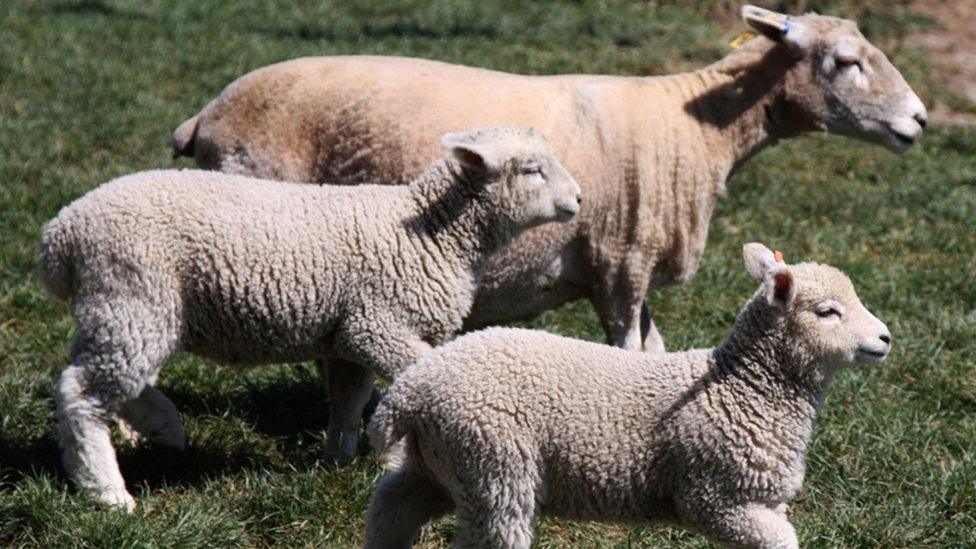
About 35% of lamb produced in Wales is exported
One last topic - this is Wales after all - and that's sheep.
Wales is home to 9.5 million of them - just about three sheep to every person in Wales.
It means lamb is a key part of the food industry in Wales, with red meat production worth close to £750m a year, according to the trade body Hybu Cig Cymru - Meat Promotion Wales (HCC)
But while it is a key part of the global export market for meat from the UK, it is not by any stretch one of the larger export commodities.
Of the 66 groups of goods recorded by officials, meat products from Wales come in at 25 in the table of exports - worth £906m since 2016.
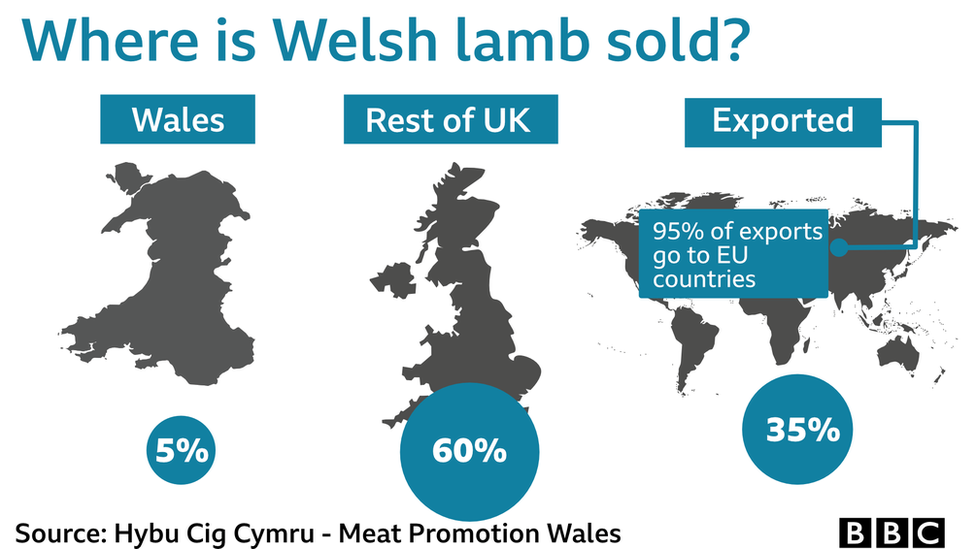
Based on estimates using figures from HCC, other UK farming bodies and HMRC records, it is possible to calculate that UK lamb exports overall are worth about £365m a year.
Of those exports, about 21% will be lamb from Wales.
It means lamb exports from Wales are worth about £78.4m every year, helping to directly support close to 50,000 people working in the agricultural sector.
HCC says it thinks Welsh exports could account for even more of the export market than this, with Wales holding 29% of the UK's entire sheep livestock.
Based on the livestock alone, HCC says Welsh sheep meat exports in 2022 stood at 26,250 tonnes - worth £171.5m last year.
The biggest market for Welsh lamb remains France, which accounted for 47% of all fresh and chilled lamb exported from Wales in 2022.
All something to chew over, preferably with a nice glass of red.
That would be Welsh red of course: we currently produce about 100,000 bottles of wine in Wales every year.
Perhaps a new export opportunity?
Source of export figures is HMRC's UK Trade Info data, for Regional Trade Statistics
- Published20 December 2022

- Published4 January 2023
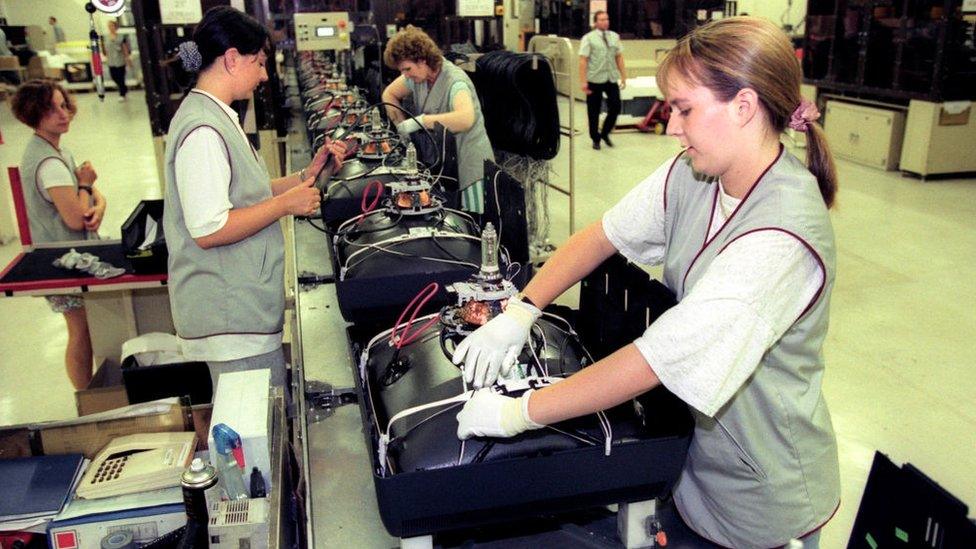
- Published22 November 2022
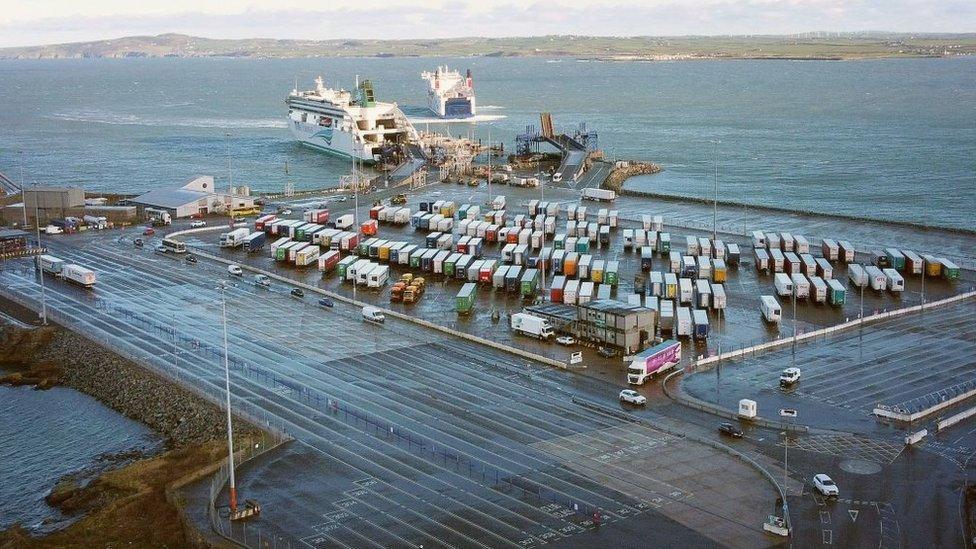
- Published16 November 2022

- Published9 October 2022
